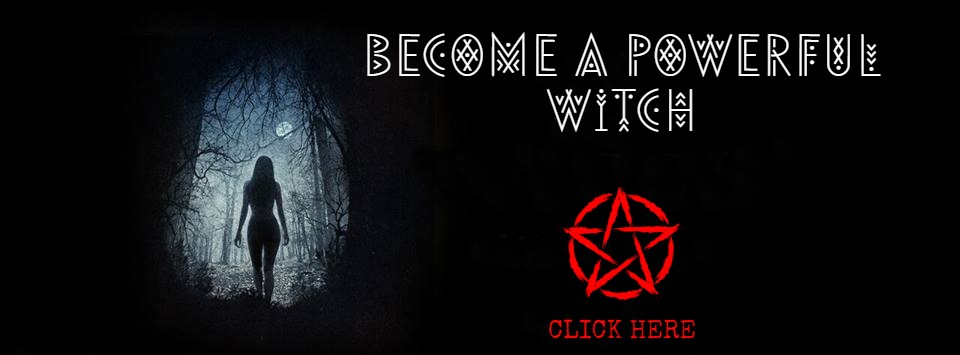Scandinavia experienced significantly less witch-hunting than did the lands of the German Empire immediately to its south. As elsewhere in Europe, belief in harmful sorcery was widespread in the Scandinavian countries— Denmark, which during this period also ruled Norway, and Sweden, which controlled much of Finland. Yet all told, there were less than 2,000 executions for witchcraft in Scandinavian lands. One of the major factors holding down the number of witch-hunts seems to have been a late and incomplete acceptance of the full stereotype of witchcraft, which included diabolism as well as the practice of maleficium, or harmful sorcery. In addition, the use of torture was limited in Scandinavia, although by no means totally restricted.
Perhaps not surprisingly, Denmark, the country closest to the Germanic heartland of the witch craze, experienced the most severe hunts, with around 1,000 executions, a significant number for a country with such a small population (slightly over half a million people). In addition, hunts began there around the middle of the 16th century, earlier than in other regions of Scandinavia. Still the severity of the hunts was limited. In 1547, a law was passed declaring that the testimony of certain criminals, including those guilty of performing sorcery, could not be used to convict others, and this obviously reduced the potential for individual accusations of witchcraft to grow into large hunts. In addition, the application of torture was forbidden until after a death sentence had been passed. In Norway, hunts were even less severe, with only about 350 executions for witchcraft. Most convictions were for maleficium, particularly raising storms at sea, and did not include much evidence of diabolism, although Demonic pacts and Demonic magic were certainly not unknown.
In Sweden, too, charges of witchcraft generally focused more on Maleficium than diabolism. Witch trials began in the second half of the 16th century, but less than 500 people were executed in Sweden and Swedish-controlled Finland. Nevertheless, the potential for large hunts did exist. The most severe broke out in 1668 in the north of Sweden and eventually spread to much of the country, including parts of Finland. The panic lasted until 1676, when the central Court of Appeal in Stockholm began to take a more direct role in investigating the evidence (rather than simply confirming convictions as it had done earlier). All told, more than 200 people were executed, making this by far the most severe phase of the witch-hunts in Sweden, although still mild compared to some of the major hunts elsewhere in Europe.
SOURCE:
Historical Dictionary of Witchcraft – Written by Michael D. Bailey

